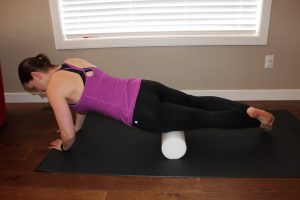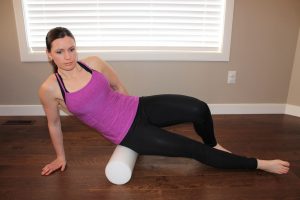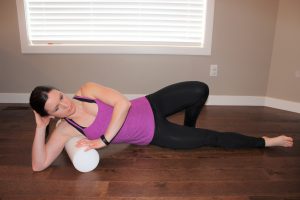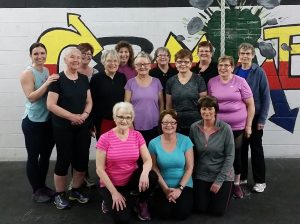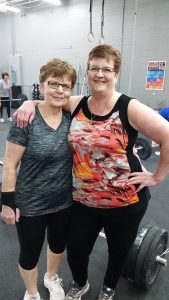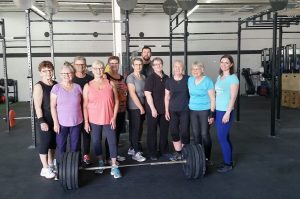Have you ever noticed a baby move their feet? I remember marvelling at my little ones’ feet – how they could curl, splay and extend their little toes. This always reminded me of the intricacy of foot anatomy. Each foot contains 26 bones, 33 joints and more than 100 muscles, tendons and ligaments. I think this is one of the reasons why this is one of my favourite areas to assess and treat. Call me a nerd, but I love anatomy. It is fascinating how the body is created, the purpose behind the design, how each part connects to and affects the function of the other parts, and how truly amazing our bodies are. Within our anatomy is a truth that I have always paid attention to: form equals function. Basically, nothing in our design is random and if we want to know how something is supposed to function, we need to look to it’s form – it’s design. In no other area of the body is that truer than in the foot.
With 33 joints, our foot holds a tremendous amount of possibility for movement. Why would we have so many joints and muscles in our feet if they weren’t meant to move? Our feet are our connection to the ground. We balance on them, walk on them, propel ourselves across the ground, or launch into the air with them. The foot can absorb shock when you step onto it and then in the next moment turn into a rigid lever to push off with. The biomechanics of the foot are fascinating. But here is where I think we have gotten things wrong.
That little baby that could splay her toes – what do we do before she can even walk? We put her in shoes – often stiff, rigid shoes that, while ridiculously cute, are also typically unnecessary and restrictive. We continue on throughout our lives – wearing shoes that do not allow our feet to move as nature intended. And when our feet don’t move, what do you think happens to all of those muscles that control our foot movement? We know that motion is lotion and our joints like to be moved, so what happens when we do not allow them to move as they should? You know the answer – if you don’t use it, you lose it.
Now here’s a test. Take off your socks and shoes. Put your foot flat on the ground. Keeping the ball (front) of your foot on the ground, can you lift all of your toes well off the ground? Can you them curl them all underneath? Can you splay or spread your toes away from one another? Keeping you heel and the knuckle of your big toe on the ground, can you lift your arch without curling your toes? If you cannot do these things, I would argue that you have lost full functioning of your feet.
If this is you, no need to despair. Because the only thing more fascinating than our anatomy is our capacity to adapt. In other words, just because you have lost it, that doesn’t mean you can’t get it back. Now that being said, there are cases where this is not so. For those with nerve damage in their feet, such as diabetic neuropathy, these muscles may not be able to come back. Additionally, for those with significant arthropathy affecting their feet, this may not be the case. But for the vast majority of us, we can benefit from getting in touch with our feet again.
So how do you do that? One easy way to start is with some simple foot exercises. Spend a few minutes each day working on these movements: curl your toes, splay them, lift your toes off the ground while keeping the ball of your foot down, lift your arch, draw out the alphabet in the air with just your foot and ankle. Remember that none of these should hurt and be cautious to not do too much at once, especially at the beginning. If you have issues or pain in one or both of your feet, consider seeing a physiotherapist – we can help!
Teresa Waser is a physiotherapist and owner of RX Physiotherapy. She has a Master of Science in Physical Therapy from the University of Alberta, in addition to several years of continuing education and experience treating patients of all ages. Outside of the clinic, she coaches running and CrossFit and is passionate about helping others live life to the fullest. You can find more about Teresa and how she can help you at rxphysiotherapy.com

